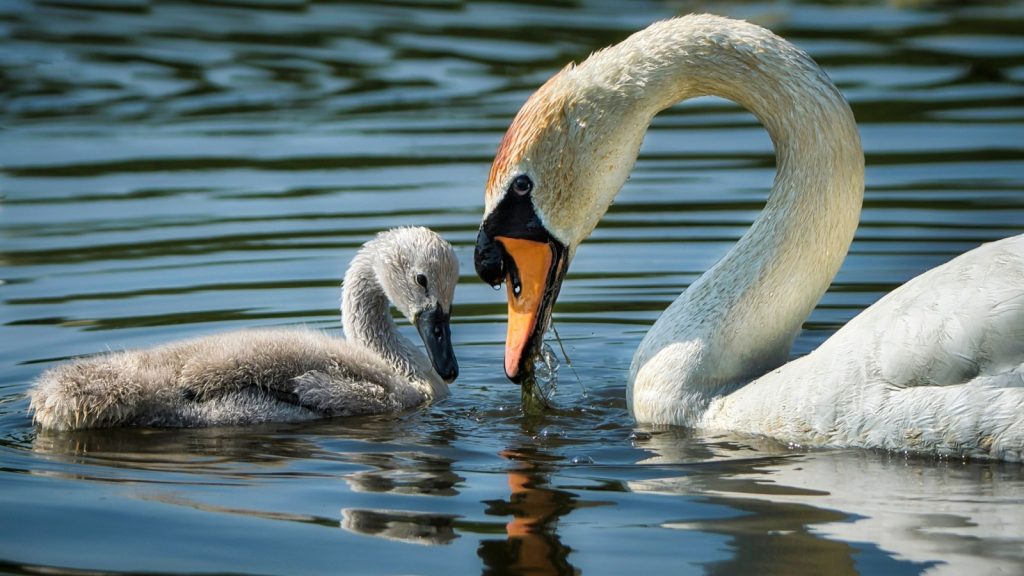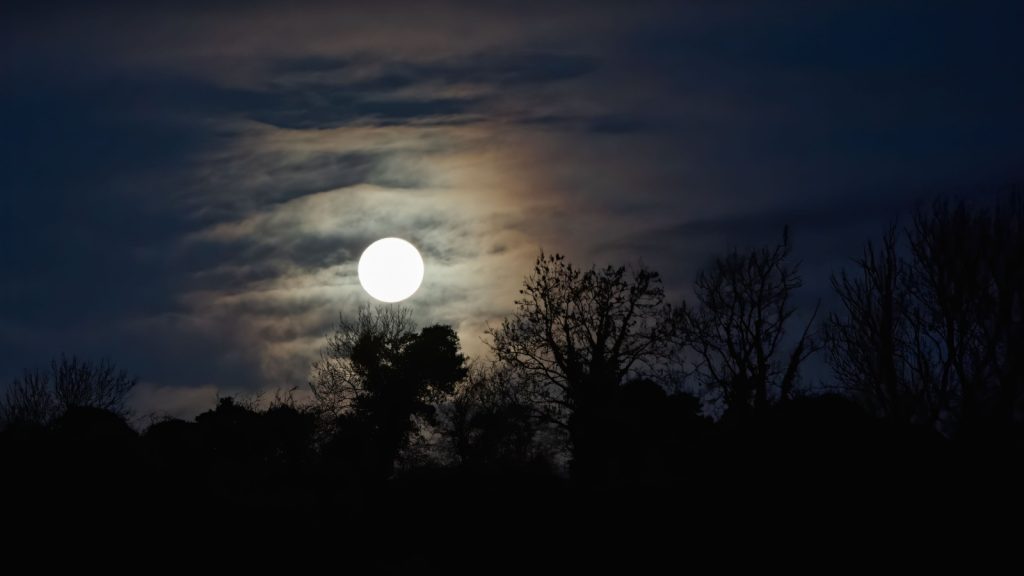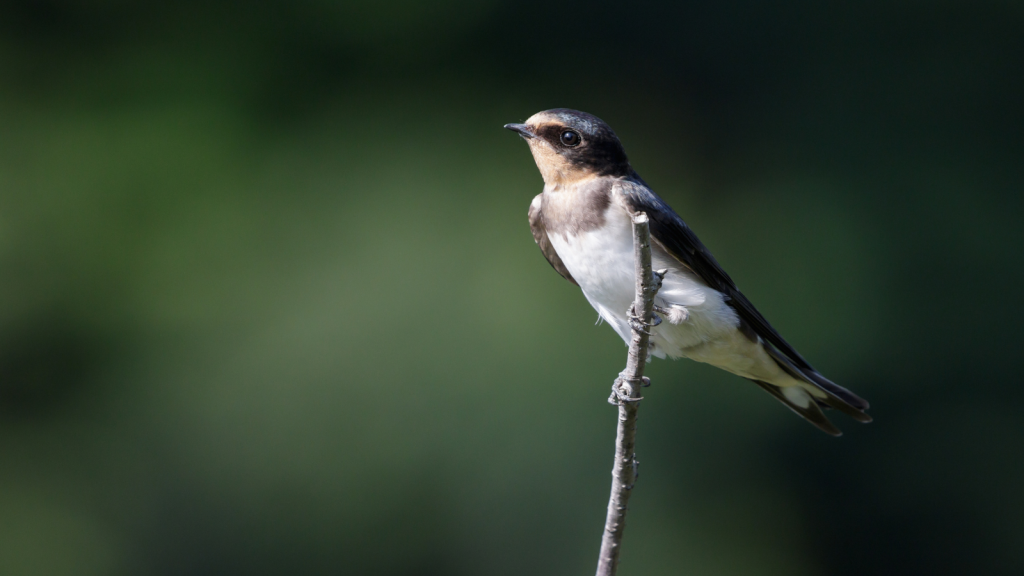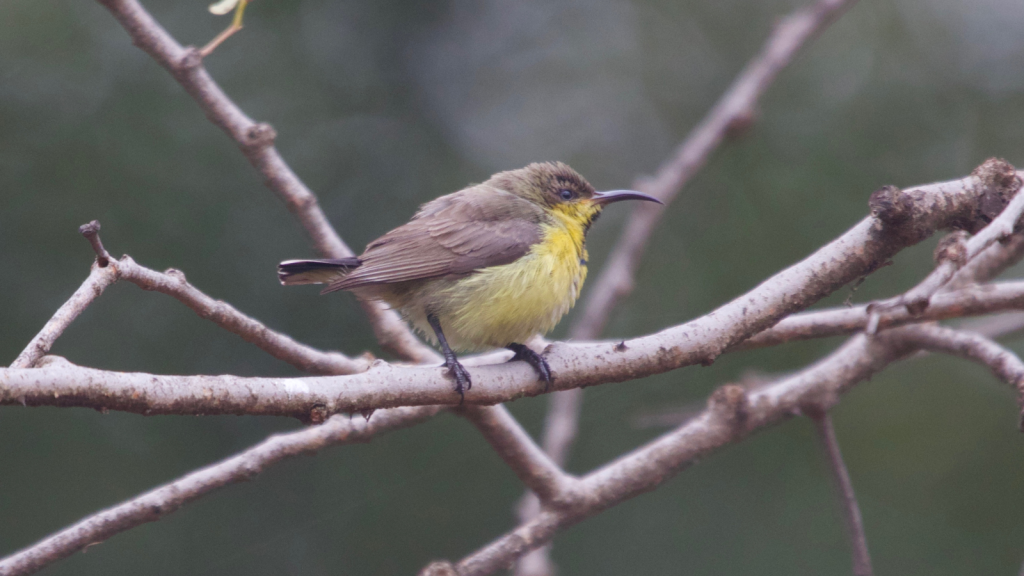Bird migration is one of nature’s most impressive feats. Every year, millions of birds travel thousands of miles, often crossing oceans, deserts, and mountains, to reach their breeding or feeding grounds. What’s even more astonishing is that many of these birds return to the exact same spot, year after year, without ever getting lost. How do they manage it? Let’s explore some of the fascinating ways birds navigate and find their way, often in conditions where humans would need GPS or a map!
1. Using the Sun for Guidance

Birds use the sun as a natural compass. They have an internal clock that allows them to track the sun’s position throughout the day. As the sun moves from east to west, birds adjust their flight path to stay on course. By knowing where the sun should be at different times of the day, birds can keep their bearings. Even on cloudy days, some birds can sense the position of the sun through polarized light, allowing them to stay on track.
2. Navigating by the Stars

Many migratory birds, especially those that travel at night, use the stars to guide them. Birds can recognize constellations and orient themselves according to the patterns of the night sky. They seem to use the North Star, which stays fixed in the sky, as a key reference point. Even in experiments where birds were shown an artificial night sky in a planetarium, they still managed to navigate correctly, proving how ingrained this method is in their behaviour.
3. Sensing Earth’s Magnetic Field

Birds have a remarkable ability to sense the Earth’s magnetic field. They possess specialized cells in their bodies, thought to be in their eyes or brains, that allow them to detect magnetic signals. This “magnetoreception” acts like a built-in compass, helping them determine which direction is north or south, even when landmarks or the sun and stars aren’t visible. This magnetic sense is especially crucial for long-distance migrants crossing vast featureless areas like oceans.
4. Following Landmarks and Scents

Birds also use familiar landmarks to help them navigate. Mountains, rivers, coastlines, and even specific trees or buildings can serve as markers along their migratory routes. Some birds have even been found to use their keen sense of smell to follow particular scents that lead them to their destination. Homing pigeons, for instance, are known for their ability to smell their way home over long distances.
5. Learning From Older Birds

Many young birds learn migratory routes by following older, more experienced birds. This knowledge is passed down from generation to generation. In species like geese, young birds will often travel with their parents on their first migration, learning the best routes and stopover points. Over time, this knowledge becomes ingrained, and the birds can repeat the journey on their own.
6. Using Wind and Weather Patterns

Birds are highly sensitive to changes in wind direction and weather patterns. They often time their migrations to take advantage of favourable winds that help them conserve energy and fly further with less effort. By studying air currents and weather conditions, birds can avoid storms or headwinds that might push them off course. They are also able to “read” changes in air pressure to predict weather, which helps them make better decisions about when to travel.
7. Navigating in Total Darkness

Birds that migrate at night face the challenge of flying in complete darkness. However, many species have adapted by relying on the stars and Earth’s magnetic field to navigate. Birds also have incredible night vision, which helps them avoid obstacles and predators during nocturnal journeys.
8. How Young Birds Know Where to Go

Even birds making their first migration seem to know where to go. Many young birds are born with an internal sense of direction, guiding them on their maiden voyage. Others, especially those in flocks, follow experienced adults who pass down migratory knowledge.
9. What Happens When Birds Get Lost?

Although birds have extraordinary navigation skills, sometimes they do get lost. Changes in weather, magnetic interference, or human-made light pollution can disorient them. When this happens, birds may make detours or even stop migrating temporarily.
10. The Role of Fat and Fuel in Migration

Migratory birds often double their body weight in fat before a long journey. Fat provides the high-energy fuel needed to sustain them during non-stop flights over oceans or deserts, where food is scarce.
Ellen has been obsessed with logic puzzles, jigsaws, and cryptograms since she was a kid. After learning she was taught how to play chess wrong by a family friend (so they could win), she joined her school chess club and the rest is history.


